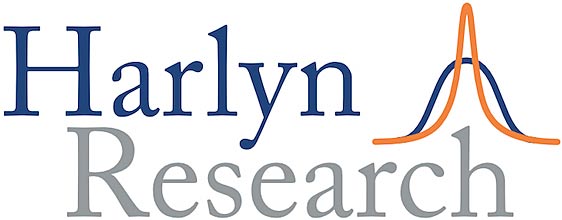The Great Rotation – Or Not
Saturday, July 20th, 2024Buy EM Equities, not US Small Caps, to exploit US rate cuts
There is suddenly a lot of enthusiasm for US Small Caps, based on the idea that the Fed is about to start cutting rates and that this will lead to underperformance by the Technology sector and a broadening out of the US rally. We think the logic connecting these ideas is flaky, at best. But our main objection to this strategy is that macro themes are best played in large liquid stocks, not illiquid Small Caps. It’s much easier to cut the position if the investment thesis is wrong. If you want to exploit the US rate-cutting cycle, we suggest EM Equities, which have just been upgraded to overweight in our global equity model. They are much less affected by the threat of rising US unemployment, which is the main reason why the Fed might start cutting in September.
PURCHASE ALL ACCESS PASS
Already hold an All Access Pass? LOG IN
